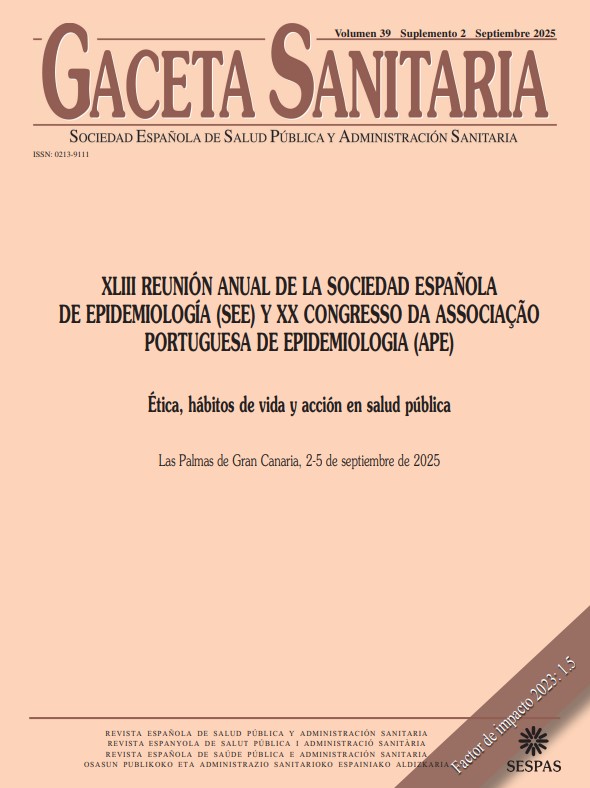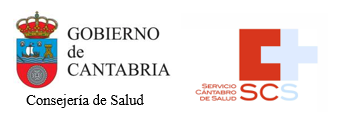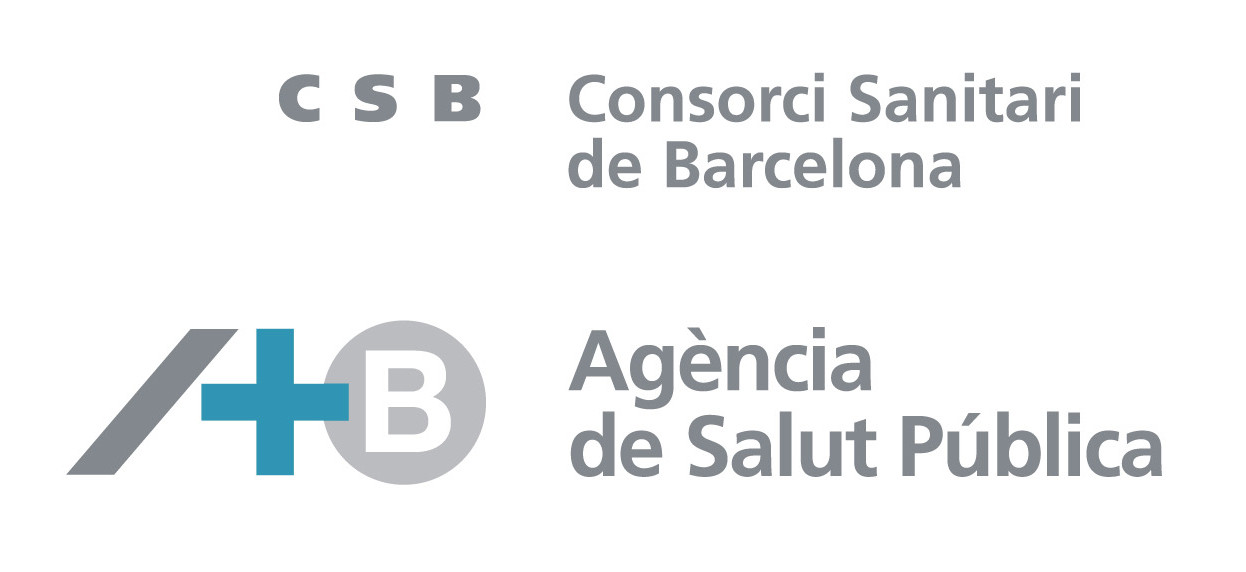817 - GENOME-WIDE ASSOCIATION STUDY AND METANALYSIS OF TOXIC METALS: PRELIMINARY RESULTS OF THE METALGWAS INITIATIVE
Department of Chronic Diseases Epidemiology, CNE-ISCIII; Institute of Genetic Epidemiology, UCF Freiburg; Department of Statistics and Operational Research, UV; IIS Aragón, HUMS; HURT; Department of Environmental Health Sciences; IDIBELL; Department of Genetics, TBI, TX.
Background/Objectives: Exposure to toxic metals has been associated with cardiovascular disease, cancer, kidney and bone disease, and other health conditions. The toxicokinetics of these elements are influenced by genetic determinants involved in their metabolism and transport. Due to the modest sample size of previous genome-wide association studies (GWAS), the genetic variation underlying metals metabolism and toxicity has not been robustly identified yet. We propose a metanalysis approach to discover genetic regions associated with toxic metals in the context of the MetalGWAS Initiative, an international consortium of ethnically diverse cohorts with metal biomarkers and genetic data.
Methods: Currently, the MetalGWAS Initiative comprises six international cohorts: The AWHS, Hortega and MCC (Spain) and MESA, Regards and SHS (US) studies. For this pilot analysis, we have metanalyzed data from AWHS (n = 1,852) and Hortega (n = 1,421) participants with available concentrations of toxic metals in urine (antimony, barium, cadmium, chromium, lead and vanadium) and genomic variants imputed with TOPMED, following the metaGWASmanager pipeline.
Results: After applying variant quality control filters, we identified suggestive SNPs (p-value 1×10−6 to 5 × 10−8) for all the evaluated metals. Interestingly, we also identified genome-wide statistical significant SNPs associated with urine chromium [rs62048195 (p-value = 1.15 × 10−8, β = 0.15), located in lncRNA PIEZO1-AS1 and PIEZO1 (intronic), and rs139482136 (p-value = 4.50 × 10−8, β = 0.93), located in UNC5D (intronic)], and lead concentrations [rs1866728 (p-value = 4.56 × 10−8, β = 0.22) and rs1866729 (p-value = 4.57 × 10−8, β = 0.22), both located in PTGR3 (intronic)].
Conclusions/Recommendations: In this pilot meta-analysis, we have identified regions of interest associated with toxic metals. Enlarging the total sample size assessed with the addition of new cohorts will allow the Metal-GWAS Initiative to robustly assess potential health of toxic metals and their associated gene-environment interactions. Other epidemiological studies with metal biomarkers and genomic data are welcome to participate (Contact: Maria Tellez-Plaza; m.tellez@isciii.es).
Funding: AESI PI20CIII/0029, AEI PID2019-108973RB-C21 and PID2023-147163OB-C22.















